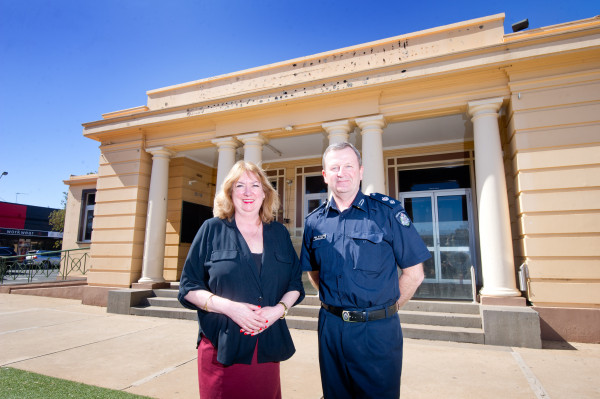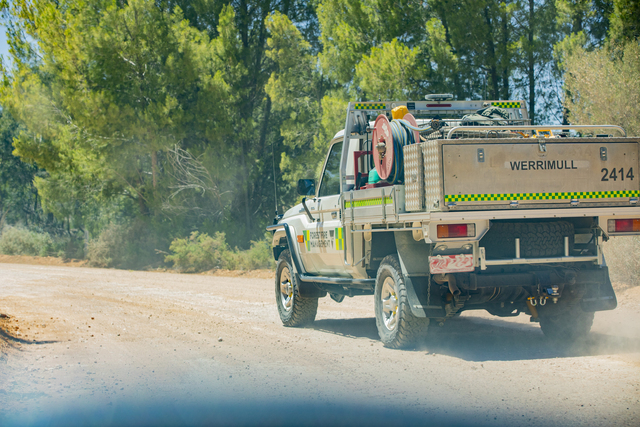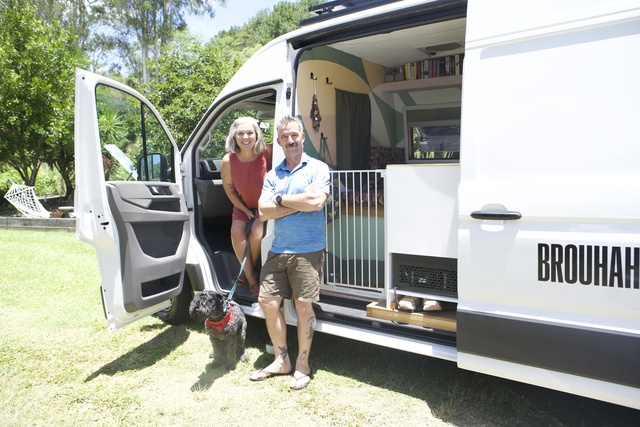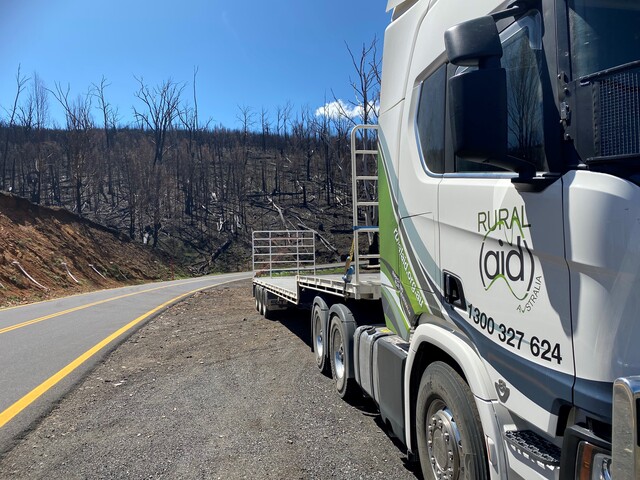WHILE climate change and Donald Trump may attract the headlines, one of the world’s biggest stories continues to happen behind closed doors.
It’s a story of crime, health and human rights. It’s a story of life and death. Lots of death.
It’s the story of domestic violence.
In the UK, the number of people killed as a result of domestic violence is at its highest level in five years.
In France, leaders have taken notice of rallies across the country, launching a large-scale domestic violence conference, which will continue until November 25, the International Day for the Elimination of Violence Against Women.
And here in Australia, our statistics are as alarming as anywhere.
But, as big as this story is, are we taking enough notice?
This week, a new report revealed that Mildura has the third-highest rate of family violence in Victoria, 157 per cent higher than the state average.
Police in Mildura attended a rate of 3220 family violence incidents per 100,000 people, compared to the state average of 1253. For Mildura, that represents a 5.8 per cent increase.
It’s an enormous drain on police resources, so this story is also political and economic.
As Mildura police Superintendent John O’Connor pointed out this week, police are dealing with family violence incidents in Mildura “every shift — morning, afternoon and night”.
“Those stats don’t paint a great picture for Mildura, but it is pleasing that more people are coming forward and we are really starting to understand how prevalent family violence is in the Mallee area,” he said.
The problem with statistics-based stories, though, is they add little to our emotional connection. That comes with understanding the impact on people. Human stories will always resonate more than numbers, no matter how disturbing it is to read that one woman a week is killed by a current or former partner in Australia.
And this is why the story of domestic violence needs to be told.
It may not be easy to read, but as a society we must build a better understanding of the causes and effects.
Who are these women? How did they end up in these situations? Why did they stay? Did they try to leave? If so, why did they return? Did they not know where to turn?
And who are these men? What drives them to violence? What causes their need to control?
As a society, we need to help them all.
Supt O’Connor was right this week when he explained that while police were doing their jobs in charging and remanding offenders where they could, the issue was “breaking the cycle”.
Like the cycle of poverty, it is not an easy task, but that shouldn’t stop us trying.
“We have to try and break the cycle where people who have been brought up seeing family violence then commit family violence when they are in a relationship,” Supt O’Connor said.
“It’s not just about working with the victims, but working with the offenders and trying to change their behaviour so they don’t resort to violence when they have a disagreement with their partner.”
For those of us who grew up in a home without violence, it is difficult to grasp the collateral damage of living in that environment, where such terror is normalised.
We can’t relate to that fear, but education can help us all have a better understanding.
We need to change the family violence story.








